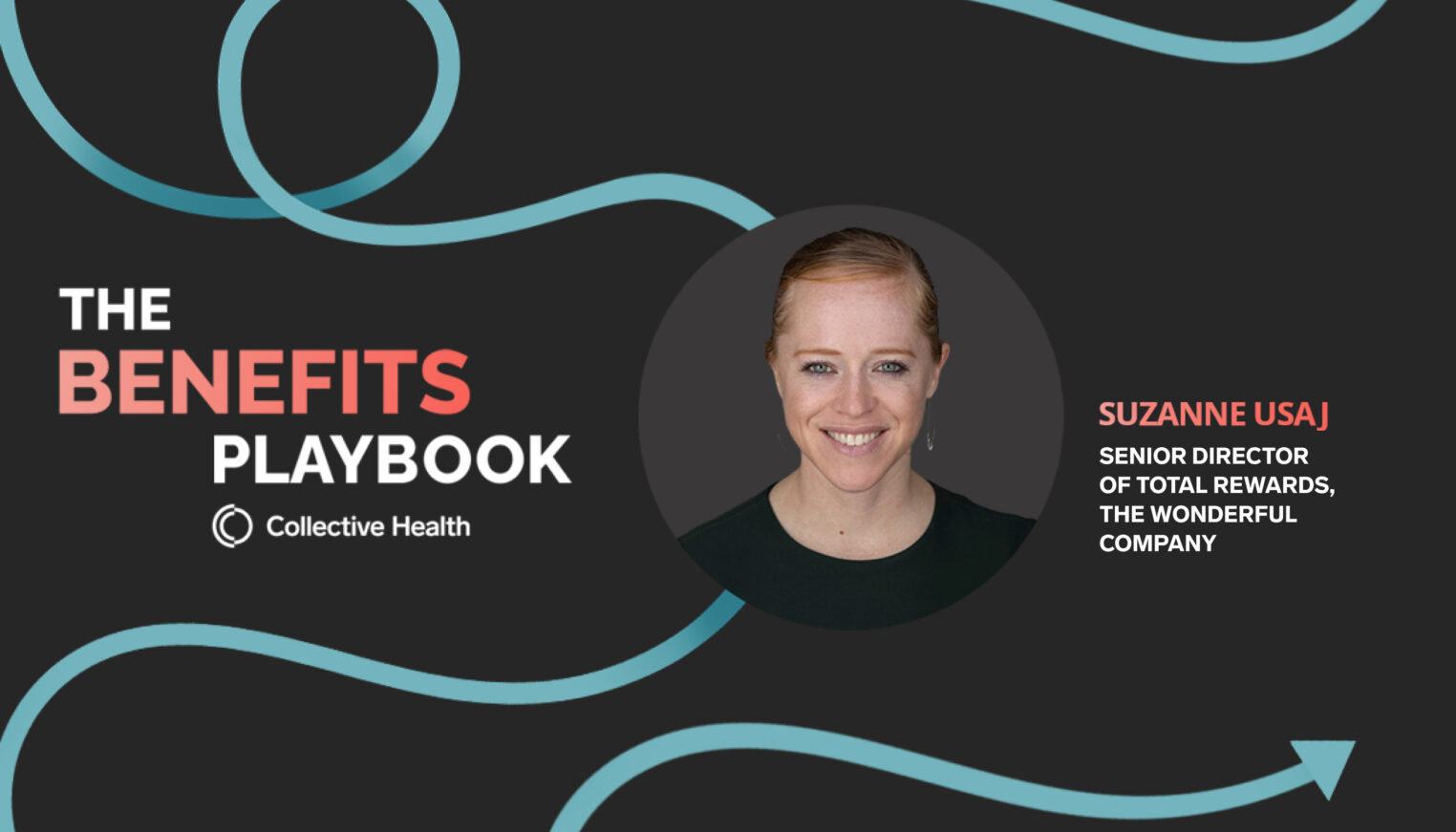Over the last few years, fertility benefits have become a must-have for job-seekers. In fact, 88% of employees say they would even consider changing jobs for access to coverage. If it feels like this demand appeared overnight, we’re here to explain the driving factors behind this growth — and why fertility benefits will continue to be a valuable investment, even during uncertain times.
Demand is on the rise as employers and their people prioritize inclusivity and address infertility
In the United States, infertility is more common than many may think. One in eight couples, or 7.4 million Americans, struggle with infertility –– and that doesn’t include members of the LGBTQ+ community and single parents by choice, who are typically excluded from the definition of infertility, which is defined as the inability to get pregnant after 12 months of intercourse.
An infertility diagnosis can be devastating. One study found that half of women and 15% of men in heterosexual relationships said that infertility was the most upsetting experience of their lives. As of 2019, 63% of LGBTQ+ people ages 18-35 were thinking about having their first child or more children. In 2008, an estimated 2.7 million American women identified as single mothers by choice (SMBCs), with that number expected to grow. This means a more significant portion of your population than you might expect can benefit from fertility and family-forming support.
The role of the employer in an employee’s fertility journey
It’s no secret that fertility benefits can also be powerful retention tools. According to findings from a recent FertilityIQ Family-Building Workplace Index, 61% of employees who received these benefits reported feeling more loyal and committed to their employer. That’s one reason fertility coverage has significantly increased over the past five years for employers of all sizes, especially among larger companies. In 2020, 47% of companies with more than 5,000 employees provided vitro fertilization (IVF) coverage. Employers may also consider offering egg freezing services as a vehicle to attract and retain their talent. From 2015 to 2020, there’s been a considerable jump –– from 5% to 15% –– in employers with more than 500 employees providing egg freezing coverage.
At the same time, coverage offerings for some parenthood journeys remain limited. For example, only 1 in 5 companies currently offer fertility coverage for adoption or foster care. With the right fertility benefits, employers can provide support for all journeys, including adoption, gestational carrier (GC) services, donor-assisted reproduction, and fertility testing. In addition to financial support, providing access to experts and care navigation gives employees the valuable resources they’ll need to navigate these complex processes.
Fertility benefits are an integral part of corporate DEI&B strategy
According to a survey from Glassdoor, 67% of job seekers consider workplace diversity essential when assessing employment opportunities. When architecting a benefits package design, employers should consider fertility benefits offerings as a means to foster diversity, equity, inclusion, and belonging (DEI&B) among their people.
A truly inclusive fertility benefit offering should meet all these requirements:
- No infertility diagnosis requirement.
- Support for all paths to parenthood, such as GC services, adoption, and donor-assisted reproduction.
- Access to LGBTQ+-inclusive clinics and agencies. Members of the LGBTQ+ community continue to experience discrimination from healthcare providers.
- For example, our Premier Partner, Carrot, vets all partners and providers for LGBTQ+ inclusivity to help make it more likely for people of all genders and sexualities to have affirming experiences.
- Access to diverse care.
- For example, our Premier Partner, Carrot, offers a BIPOC provider finder to make sure people of all backgrounds can feel included.
- Fertility preservation, both related and unrelated to cancer or radiation treatment. Members of the trans community may benefit from fertility preservation before beginning hormone replacement therapy, but doctors rarely give them the option.
The need for fertility benefits is here to stay
The last two years have demonstrated how demand for fertility benefits has continued to grow, even in uncertain times. The COVID-19 pandemic led to unprecedented changes in the job market, but also empowered employees to voluntarily leave their jobs to ask for what they truly desired. According to Pew Research, 43% percent of people who quit their jobs cited benefits not being good enough as a reason. In 2021, the number of employers offering some form of fertility benefits grew by 8%, and is expected to grow as employers adapt to new changes in the job market.
And, because adding fertility benefits can actually lower healthcare costs, it’s still an important investment for companies looking to save on costs while delivering to employees the benefits they want. Moving forward, fertility support will increasingly become a staple offering, and employers who want to stay competitive in today’s tight labor market should invest in a clinically-managed fertility benefits offering now.
Learn more about how Carrot’s inclusive fertility benefits can support your employees.
Disclaimer: The views expressed in the article are those of third parties. They do not purport to reflect the opinions or views of Collective Health or its members.



